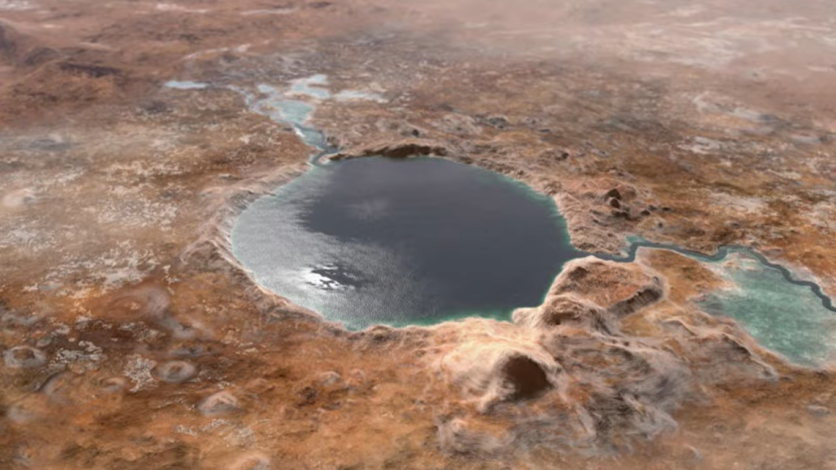As SpaceX looks forward to sending humans to Mars in the future, the question that keeps intriguing the space community until today is if there's life on Mars?
Is there something hidden in our planetary neighbor?

These questions could somehow be resolved as new research suggests that one specific part of the red planet could have been habitable for life across billions of years.
Clay-Bearing Deposits
According to a report by ScienceAlert, planetary scientists have discovered clay-bearing deposits in the northern Ladon Valles, the southern Ladon basin, and the southwestern highlands around the Ladon basin - all areas that are a part of the heavily cratered Margaritifer Terra region.
Due to its neutral pH formation and low water evaporation, clay signifies long-term water persistence. The research team estimates that water may have flowed across this region of Mars around 3.8 billion years ago and approximately 2.5 billion years ago.
Catherine Weitz, a senior scientist at the Planetary Science Institute in Arizona, found colorful light-toned stratified sediments "with relatively low bedding dips and clays across 200 kilometers," providing proof that a lake was present in the Ladon basin and northern Ladon Valles.
She added that the existence of clays and the low-energy lake environment suggest a habitat that would have been conducive to life during that time.
However, ScienceAlert pointed out that this is not probable evidence of life since scientists must dig fossils from Mars first to confirm such a claim. But at the same time, the study could suggest conditions that might have been conducive to living.
Clays are thought to have initially formed on higher terrain above the Ladon basin before being dissolved by water channels and carried downwards into a lake in the northern Ladon Valles and the Ladon basin.
The scientists determined that the southwest Ladon basin would have had the most current water flow. The deposits here correspond to the Eberswalde delta, a Mars region located just south of the study area.
Is There Liquid Water on Mars?
ScienceAlert said that although there is ice on Mars, liquid water is yet to be discovered. The most recent research supports the hypothesis that flowing water originally covered a large portion of the Martian landscape and may have carried life with it.
Determining whether or not life might have existed on Mars at some point depends on how permanent or ephemeral the existence of water has been on the planet. The researchers' observation of clays and other rocks is compatible with the water remaining in the area.
The researchers speculate that until a relatively late point in Mars' history, habitable circumstances may have persisted there frequently, or at least intermittently.
This article is owned by Tech Times
Written by Joaquin Victor Tacla
ⓒ 2026 TECHTIMES.com All rights reserved. Do not reproduce without permission.




